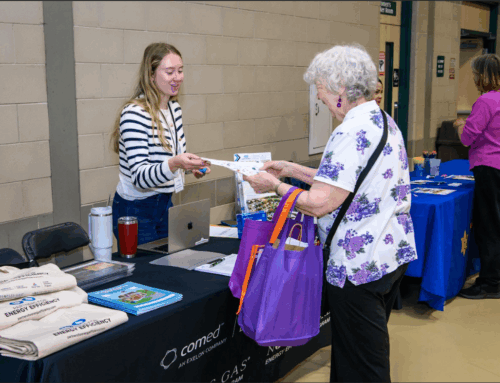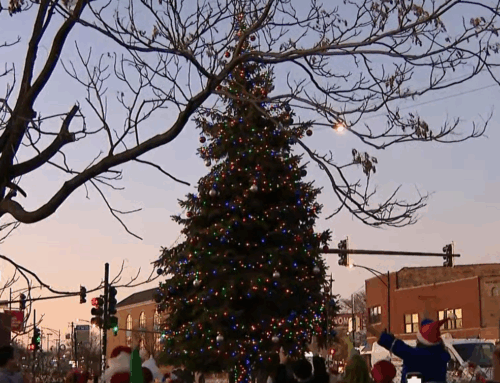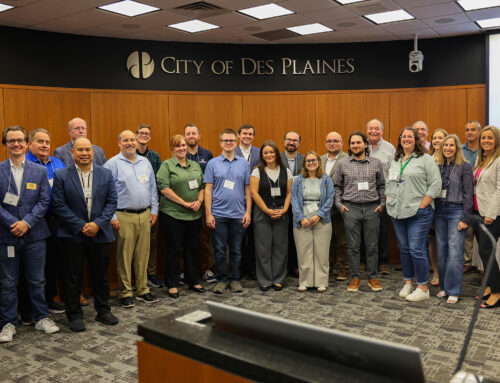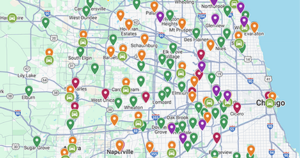 CHICAGO (March 31, 2025) – At our March 18th Environment Committee meeting, members learned more about several conservation certification programs. Although program deadlines vary, your community may want to get started on these initiatives for Earth Month in April. The map on the right highlights how our member municipalities excel in achieving conservation designations.
CHICAGO (March 31, 2025) – At our March 18th Environment Committee meeting, members learned more about several conservation certification programs. Although program deadlines vary, your community may want to get started on these initiatives for Earth Month in April. The map on the right highlights how our member municipalities excel in achieving conservation designations.
Bird City Illinois: Reduce Threats to Birds Through Action, Awareness
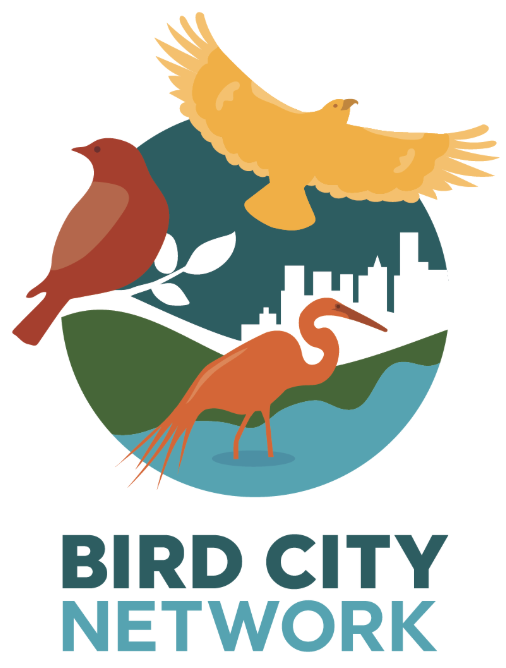 Bird populations are threatened, primarily because of the loss of habitat and habitat degradation. However, other causes for population decline include extreme weather and storms, window collisions, and environmental poisons (e.g., insecticides, rodenticides). Yet there are actions local governments can take to protect birds. The Environment Committee heard from the Village of Lake Bluff, a community that earned Bird City Illinois designation in 2024 and achieved an impressive 29 criteria on the program’s Action List. Speakers discussed how some of the solutions to help birds are simple and cost-effective, such as turning off lights in buildings and homes at night when birds are migrating, which reduces deadly collisions with glass by 80%.
Bird populations are threatened, primarily because of the loss of habitat and habitat degradation. However, other causes for population decline include extreme weather and storms, window collisions, and environmental poisons (e.g., insecticides, rodenticides). Yet there are actions local governments can take to protect birds. The Environment Committee heard from the Village of Lake Bluff, a community that earned Bird City Illinois designation in 2024 and achieved an impressive 29 criteria on the program’s Action List. Speakers discussed how some of the solutions to help birds are simple and cost-effective, such as turning off lights in buildings and homes at night when birds are migrating, which reduces deadly collisions with glass by 80%.
Spring migration is a crucial time to protect birds, even more important than fall migration, a speaker from the Field Museum told the Environment Committee. Join Bird City Illinois for Earth Day or before World Migratory Bird Day on May 10, 2025.
How to Earn Bird City Illinois Designation
To apply, complete a minimum of nine actions, which are listed below. There is a $200 application fee and a $100 triennial renewal fee. Applications are reviewed quarterly.
- Pass a Bird City Illinois resolution.
- Adopt a proclamation to recognize World Migratory Bird Day (May 10, 2025) AND hold a public event to celebrate World Migratory Bird Day.
- Complete at least three actions from Category 1 (Habitat) in the Bird City Illinois Action List and three more actions from any of the Action List categories.
Bee City USA: Helping Communities Protect Pollinators and Their Habitats
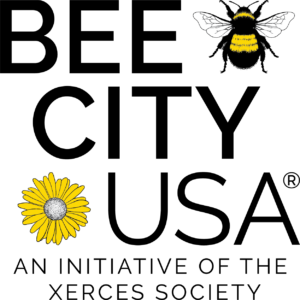 The Bee City USA program focuses on providing habitats to support the entire life cycle of all bees. Three important ways to support bee conservation are:
The Bee City USA program focuses on providing habitats to support the entire life cycle of all bees. Three important ways to support bee conservation are:
- Provide stable nest sites and shelter.
- Plant flowers for foraging, especially native flowers, which support a greater diversity and abundance of bees.
- Avoid pesticides, which kill bees. Adopt an Integrated Pest Management (IPM) plan to reduce potential contamination on plants, nesting materials, soil, etc.
Bee City USA is run by the Xerces Society for Invertebrate Conservation, which provides information, materials, and advice. There are five Bee City USA communities in Illinois, including four in the Chicago region: Barrington Hills, Franklin Park, Hawthorn Woods, and Port Barrington.
How to Become a Bee City USA Community
If you apply to Bee City USA, the commitment involves the following. Applications are reviewed on a rolling basis.
- Initial – Pass a resolution and pay an application fee based on population.
- Each year – Hold one outreach event and take on one habitat project.
- Ongoing – Complete annual reporting/renewal. Adopt an integrated pest management (IPM) plan.
America in Bloom: How One Village Turned Beautification into Big Wins
 America in Bloom (AIB) promotes nationwide beautification and vibrant communities by encouraging the use of flowers, plants, trees, and other environmental and lifestyle enhancements.
America in Bloom (AIB) promotes nationwide beautification and vibrant communities by encouraging the use of flowers, plants, trees, and other environmental and lifestyle enhancements.
“People want to spend time in a town that’s beautiful and spend money in a downtown that’s beautiful,” said Hawthorn Woods Chief Operating Officer Pamela Newton, who spoke at the March Environment Committee meeting.
When the Village of Hawthorn Woods joined AIB six years ago, the community was participating in several environmental initiatives and certification programs, but didn’t have money budgeted to improve the quality of life in town. Joining the AIB program proved to be a valuable investment; the community received hundreds of thousands of dollars in grants, Newton said. For example, AIB helped Hawthorn Woods find CN Railway grant funding to increase its tree canopy, which led to the community exceeding its tree canopy goal in just three years instead of the planned 10 years.
As the Chief Operating Officer, or Administrator, Newton often deals with infrastructure.
“One of the greatest things we learned from our participation in AIB is that emotional infrastructure is what everybody’s talking about in town,” Newton said. “When we hear why people love our town, they’re usually talking about something aesthetic.”
She explained that residents aren’t complimenting the town on its streets or sidewalks. They often say that they love the parks and plantings at the parks, trails through conservation areas, urban forests, and the beautiful community gathering places.
In Hawthorn Woods, it’s not just the residents who have noticed the Village’s efforts. The community won the AIB 2023 Overall National Champion Award in its population category and has taken home numerous awards over its years in the program.
How to Earn America in Bloom Certification
There are no set requirements for all communities; municipalities can choose areas of impact, including floral impact, landscaped areas, urban forestry, environmental initiatives, community vitality, celebrating heritage and overall impression.
America in Bloom (AIB) is a tiered program (Levels 1-3) that gives communities access to a self-assessment tool, online resources and webinars, and an America in Bloom advisor, who will help municipalities identify successes and what still needs to be done. Municipalities pay a fee depending on the AIB tier they choose and population.
Communities can sign up for Level 1, 2 or 3 and can jump into any level they’d like without needing to start at Level 1. The deadline to participate in the AIB Level 3 awards tier for 2025 was Feb. 28th, but local governments can still register for Level 3 in advance for 2026. Communities can join Level 1 and Level 2 at any time to conduct a self-evaluation of their strengths and opportunities for improvement on their own (Level 1) or with the help of an advisor (Level 2).
For more information, go to the America in Bloom website or contact Executive Director Laura Kunkle at AIB@americainbloom.org or 614-453-0744.
Tree City USA Membership Adds Value to Community
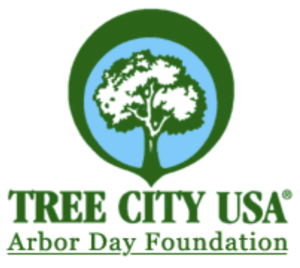 “How many people would want to buy a home in a subdivision called Asphalt Acres, or who wants to live in Concrete City?” speaker Michael Brunk of the Illinois Department of Natural Resources asked at the Environment Committee meeting. Unlike those fictional areas, Brunk said a Tree City USA sign in a community shows visitors that the municipality cares about the environment and beautifying the surroundings, the quality of life may be better, the abundance of trees may have attracted residents and businesses to the municipality, and the sign presents the community image that most residents want for their home. He went on to explain that trees attract people, people attract businesses, and both attract tax dollars, which improves the property values and tax base. “Trees play a key role in sustaining the vitality of a community,” Brunk said.
“How many people would want to buy a home in a subdivision called Asphalt Acres, or who wants to live in Concrete City?” speaker Michael Brunk of the Illinois Department of Natural Resources asked at the Environment Committee meeting. Unlike those fictional areas, Brunk said a Tree City USA sign in a community shows visitors that the municipality cares about the environment and beautifying the surroundings, the quality of life may be better, the abundance of trees may have attracted residents and businesses to the municipality, and the sign presents the community image that most residents want for their home. He went on to explain that trees attract people, people attract businesses, and both attract tax dollars, which improves the property values and tax base. “Trees play a key role in sustaining the vitality of a community,” Brunk said.
The Tree City USA program provides education, assistance, and even funding opportunities for communities. The Environment Committee also viewed a brief video that featured many Tree City USA communities in the state discussing the benefits of joining the program, which is in its 49th year. In Illinois, there are 201 Tree City USA communities.
How to Become a Tree City USA Community
Membership is free and only requires four things:
- Tree board or department
- Tree care ordinance
- $2 per capita spent on trees, which you may do already
- Arbor Day proclamation and celebration
Find out more or get started at: arborday.org/treecityusa

